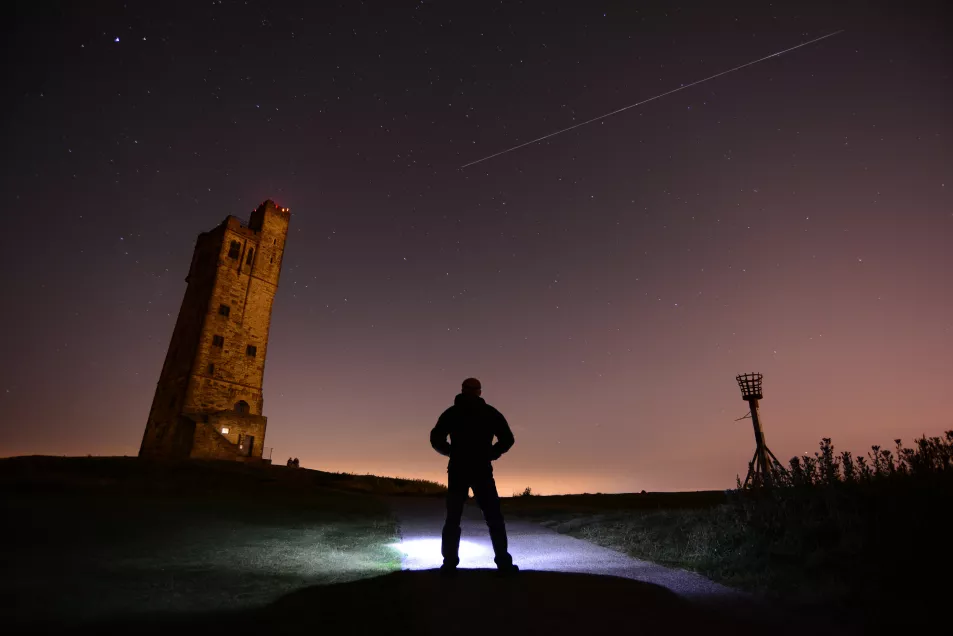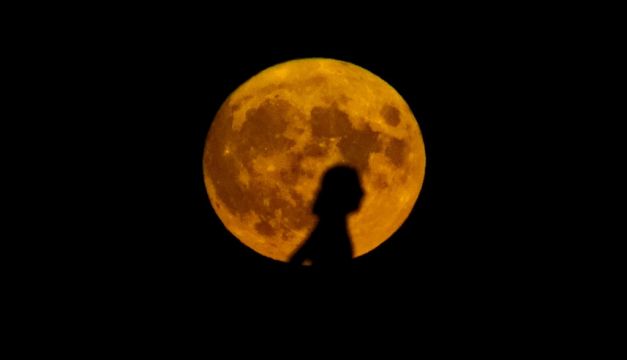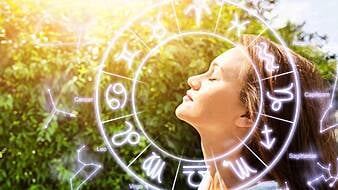A super-powered solar storm last week resulted in a surprise appearance of the aurora borealis across Ireland.
But those who slept through the light show – extremely rare at these latitudes and this time of year – shouldn’t be too disappointed. Over the next few months, there are many more celestial displays in store.
Some don’t even require a dark sky…
Perseid meteor showers

When: Mid-July to late-August.
What: This annual sky-of-night spectacle features thousands of bright streaks and fireballs shooting through space. Easily visible with the naked eye, it occurs when the Earth passes through a trail of dust particles left by a large comet called Swift-Tuttle. At its peak, 100 meteors per hour will shower above us with the highest concentration expected on August 12th. These appear to radiate from the constellation Perseus – hence the name – but in reality can appear anywhere in the sky. Viewing conditions are tipped to be very good this year, with a quarter Moon occurring at the shower’s peak.
Where: As long as there’s sufficient darkness and little light pollution, it’s possible to witness showers in the northern hemisphere down to the mid-southern latitudes.
The midnight sun

When: The best months are June and July.
What: Although typically seen in the Nordics, the Northern Lights weren’t even visible there during recent solar storms. That’s because these latitudes are now ruled by another astro colossus: the sun. Between May and August (depending on how far north you go), it’s possible to witness the midnight sun – when the sun shines for 24 hours a day, dipping above the horizon and refusing to ever set.
Where: Any of the Nordic countries are a good bet.
Supermoons

When: September 18th and October 17th.
What: Contrary to popular belief, the moon’s orbit around Earth is not a perfect circle. Due to tidal and gravitational forces, it moves in an irregular pattern with its apogee and perigee — the closest and farthest approaches from Earth — changing every lunar month. A supermoon occurs when the moon is at its closest approach and in its full phase and fully illuminated by the sun, making it appear larger than usual. According to experts, the closest supermoon this year will rise on October 17th at 11:26am. GMT.
Where: The best supermoons are observed at night. On September 17th, a super harvest moon is set to rise above Ireland at 2.34am. Mayo and Tyrone have special 'dark sky parks' for uninterrupted views of the night skies.







